Gauges

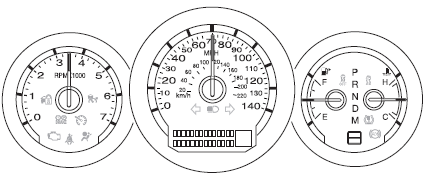
Speedometer:
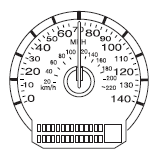
Indicates the current vehicle speed.
Engine coolant temperature gauge:
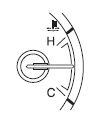
Indicates engine coolant temperature. At normal operating temperature, the needle will be in the normal range (between УHФ and УCФ). If the needle moves close to the УHФ range, the engine is overheating. Stop the vehicle as soon as safely possible, switch off the engine and let the engine cool.
WARNING: Never remove the coolant reservoir cap while the engine is running or hot.
Fuel gauge:
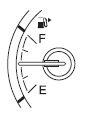
Indicates approximately how much fuel is left in the fuel tank (when the ignition is on). The fuel gauge may vary slightly when the vehicle is in motion or on a grade.
The FUEL icon and arrow indicates which side of the vehicle the fuel filler door is located.
Refer to Filling the tank in the Maintenance and Specifications chapter for more information.
Tachometer:
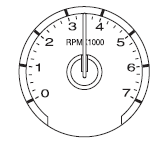
Indicates the engine speed in revolutions per minute.
Driving with your tachometer pointer continuously at the top of the scale may damage the engine.
Odometer:

Registers the total miles (kilometers) of the vehicle. Refer to Message center in the Instrument cluster chapter on how to switch the display from Metric to English.
Trip odometer: See TRIP A/B under Message center in this chapter.
See also:
Replacing headlamp bulbs
High beam/low beam bulb replacement
For driver side replacement of the high beam/low beam bulbs, do the
following:
1. Make sure the headlamp switch is in the off position, then open the
hood.
2 ...
Attaching child safety seats with tether straps
Many forward-facing child safety seats include a tether strap which
extends from the back of the child safety seat and hooks to an anchoring
point called the top tether anchor. Tether straps are a ...
First generation (1998Ц2002)
The 1998 Navigator introduced the concept of the American luxury SUV,
competing at first with only the Land Rover Range Rover. It was trimmed with
leather, wood, and fine carpeting, but its humble ...
